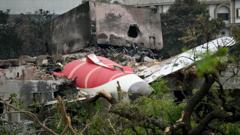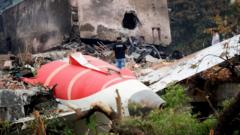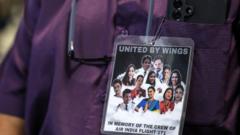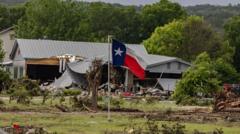In-depth investigation reveals details about the pilots and ongoing recovery efforts, highlighting the human cost of aviation tragedies.
**Tragic Plane Crash in India: A Closer Look at Flight 171**

**Tragic Plane Crash in India: A Closer Look at Flight 171**
After a catastrophic crash shortly after takeoff, the aviation community mourns the loss of two pilots in India.
On June 12, 2025, tragedy struck as Air India Flight 171 took off from Ahmedabad, heading for London. Within seconds of reaching the sky, the Boeing 787 crashed into a medical college complex, claiming the lives of at least 270 individuals on board and nearby.
Captain Sumeet Sabharwal, 55, had been contemplating an early retirement to support his elderly father. His co-pilot, 32-year-old Clive Kunder, was on the cusp of establishing a promising career. Combined, the two pilots possessed nearly 10,000 flight hours of experience. However, this wealth of experience did not prepare them for the catastrophe that unfolded during their final flight.
Days after the accident, recovery teams have only managed to identify 19 of the deceased using DNA tests. Most bodies were left unrecognizable due to the extreme heat of the crash, which generated a substantial fireball during impact.
Authorities have cordoned off the crash site while investigators recover critical evidence. They have secured the flight data recorder and continue searching for the cockpit voice recorder—devices that may determine whether mechanical issues, pilot error, or an unforeseen combination of factors led to the sudden descent of the aircraft.
Experts agree on one crucial point: flight crews did not have adequate time to mitigate the deteriorating situation, leading to a swift and tragic outcome. As the investigation progresses, the aviation sector prepares for an exhaustive examination of the circumstances surrounding Flight 171.





















